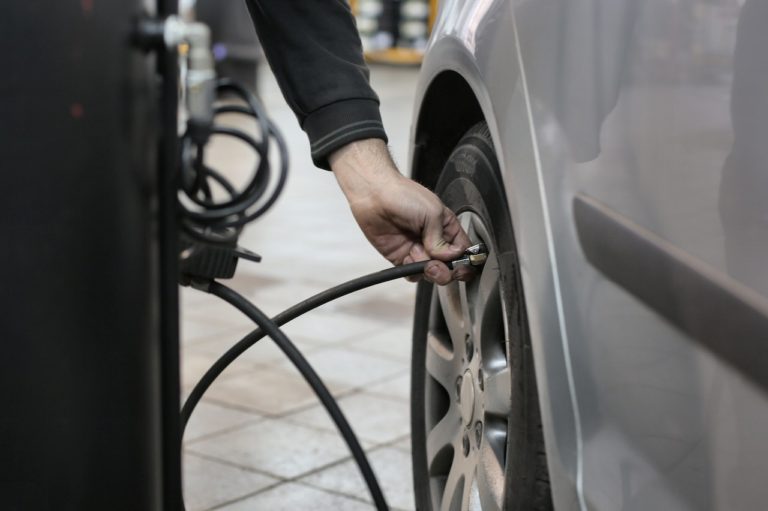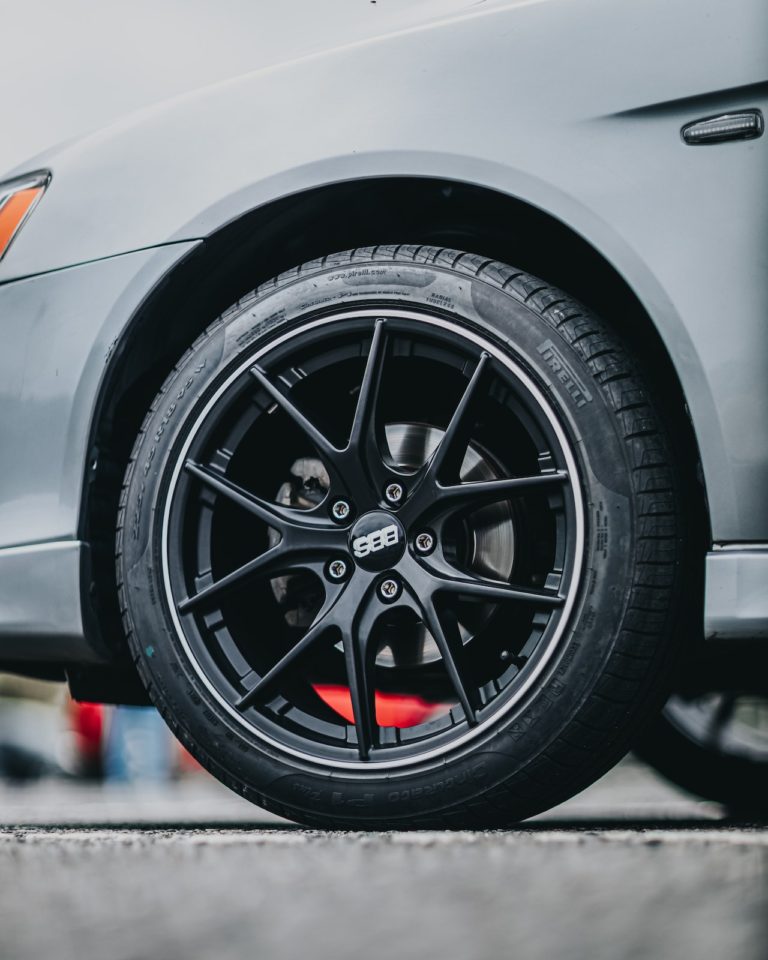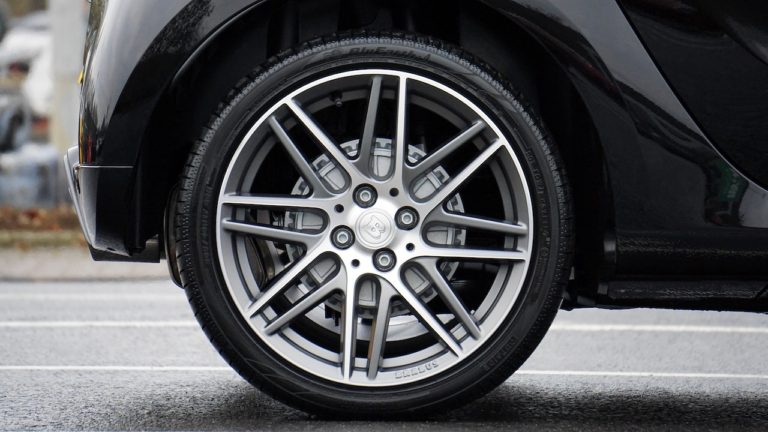Maintaining the proper tire pressure is essential for safe and efficient driving. In this article, we will discuss everything you need to know about tire pressure, including what it should be, why it matters, and how to check it.
What is the Proper Tire Pressure?
The recommended tire pressure varies depending on the vehicle and the tire size. You can find the recommended tire pressure in your vehicle’s owner’s manual or on the tire information placard located inside the driver’s side door jamb. The recommended tire pressure is usually between 30 and 35 pounds per square inch (psi) for most cars and light trucks. However, it’s important to note that some vehicles, such as larger SUVs and trucks, may require a higher tire pressure.
Why Does Tire Pressure Matter?
Maintaining the proper tire pressure is crucial for several reasons. First, it ensures that your tires wear evenly, which can extend their lifespan. Second, it improves your vehicle’s fuel efficiency by reducing rolling resistance. Third, it enhances your vehicle’s handling and traction, which is particularly important in wet or slippery conditions. Finally, it helps prevent tire blowouts, which can be dangerous and costly.
How Often Should I Check My Tire Pressure?
It’s recommended that you check your tire pressure at least once a month, as well as before long road trips. You should also check your tire pressure if you notice any changes in your vehicle’s handling or if your tire pressure monitoring system (TPMS) alerts you to low pressure.
How Do I Check My Tire Pressure?
To check your tire pressure, you’ll need a tire pressure gauge. Simply remove the valve cap from the tire, press the gauge onto the valve stem, and take a reading. If the pressure is too low, add air until it reaches the recommended level. If it’s too high, release some air until it’s at the proper level. Be sure to check the pressure in all four tires, as they may not all be the same.
Can I Rely on My Vehicle's TPMS?
Your vehicle’s TPMS is designed to alert you when your tire pressure is too low. However, it’s not a substitute for regularly checking your tire pressure with a gauge. The TPMS can only provide a general warning, and it may not detect gradual pressure loss. When your tire pressure light comes on, this means your tires are already low. To Prevent this from happening, regularly check your tire pressures.
What are the Consequences of Driving on Underinflated or Overinflated Tires?
Underinflated tires can cause several issues, including reduced fuel efficiency, uneven tire wear, poor handling and traction, and increased risk of tire blowouts. Overinflated tires can also cause problems, including reduced ride comfort, uneven tire wear, and decreased handling and traction.
Additional Tips For Maintaining Proper Tire Pressure
In addition to regularly checking your tire pressure, there are a few other things you can do to ensure your tires stay properly inflated. Here are a few tips:
Check your tire pressure when the tires are cold. Tire pressure can increase as the tires heat up, so it’s best to check them before you’ve driven more than a few miles.
Don’t overinflate your tires to compensate for underinflation. If you notice that one tire is low on pressure, it’s tempting to overinflate the other tires to compensate. However, this can actually be more dangerous than driving on underinflated tires, as it can cause uneven tire wear and poor handling.
Consider investing in a high-quality tire pressure gauge. A reliable gauge can help ensure that you’re getting an accurate reading, which is essential for maintaining the proper pressure.
Be aware of changes in temperature. Changes in temperature can affect tire pressure, so it’s important to check your pressure more frequently during extreme hot or cold weather.
Keep your tires properly balanced and aligned. Improper balance and alignment can cause uneven tire wear and decrease the lifespan of your tires, so be sure to have them checked regularly.
Conclusion
In conclusion, maintaining the proper tire pressure is crucial for safe and efficient driving. Be sure to check your tire pressure regularly, and keep it at the recommended level for your vehicle and tire size. Doing so can help extend the life of your tires, improve your fuel efficiency, enhance your vehicle’s handling and traction, and prevent dangerous tire blowouts.





